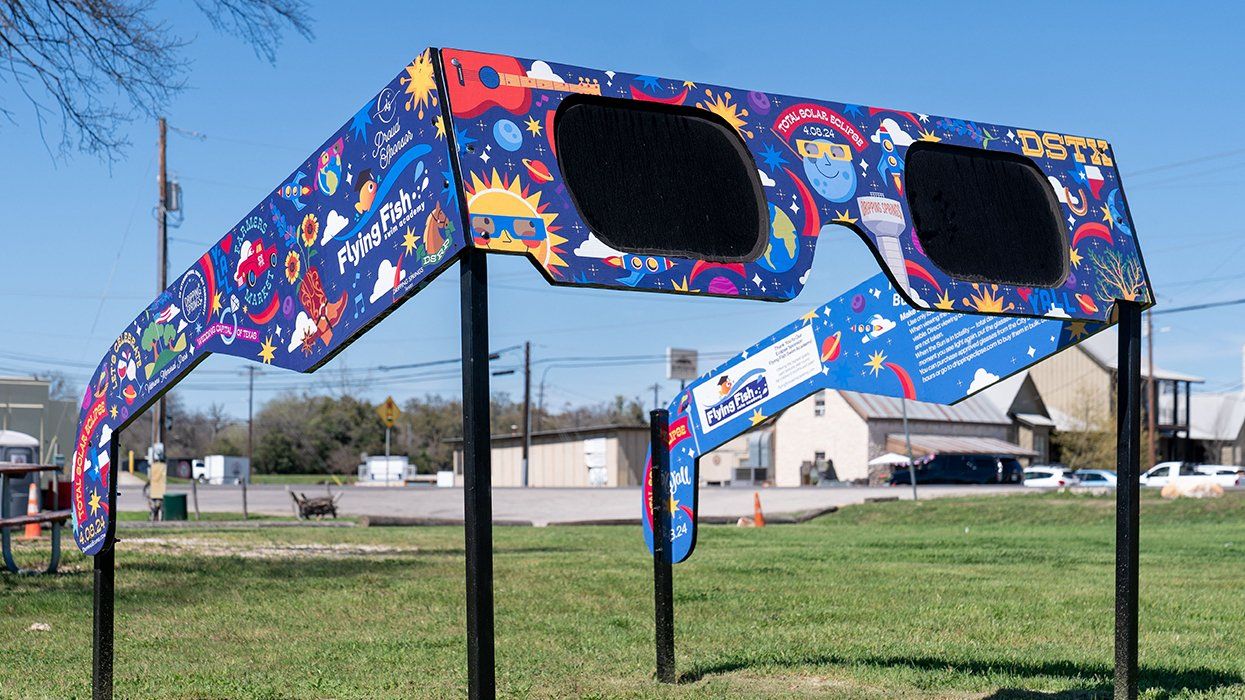All Rights reserved
By continuing to use our site, you agree to our Privacy Policy and Terms of Use.
By Caitlin Kaiser, Elisa Raffa and Allison Chinchar
(CNN) — Excited eclipse watchers, watch out: Weather could complicate attempts to see the epic astronomical phenomenon in parts of the South and interior Northeast.
Clouds and storms could hinder the ability to see the eclipse in its full glory in several spots along the path of totality — where the moon will completely block out the sun.
The most ideal weather for the eclipse will likely occur in two general areas: from Vermont through Maine, as well as Missouri through southern Indiana. Only a few isolated clouds are expected for these areas, which should not prevent optimal eclipse viewing. So get your eclipse glasses ready for places like Evansville, Indiana; Carbondale, Illinois; Burlington, Vermont; and Caribou, Maine.
Some of the locations with less-than-ideal weather include portions of the eastern Great Lakes and much of Texas.
Cleveland, Ohio, and Erie, Pennsylvania, have a chance of rain mainly in the morning, but scattered cloud cover may be slow to exit the area even after the rain ends. The extent of the cloud cover all hinges on how quickly a warm front advances eastward.
Farther east in Buffalo and Rochester, New York, cloud cover is expected to be between mostly cloudy and overcast — which will limit the viewing of the eclipse pretty significantly.
Then there are the southern cities, which not only have clouds to worry about but also severe storms and possible flooding.
There is a Level 2 of 5 risk for severe weather on Monday, potentially affecting those in the path of totality across much of Texas as well as parts of Oklahoma, Arkansas and Louisiana. Dallas is under a more severe Level 3 of 5 risk.
And there is a Level 2 of 4 risk for excessive rainfall from just east of Dallas to western Mississippi. That area includes cities in the path of totality – where thousands of people are expected to be watching the solar eclipse – including Little Rock, Arkansas. A Level 1 of 4 threat also extends from central Texas to northern Arkansas, including Dallas.
Most of Little Rock has a high likelihood of viewing the eclipse, according to the NWS office in the city. Dallas has conditions that are less favorable considering there will be experiencing mostly cloudy skies and could see a slight chance of a shower during the eclipse.
“There may only be a short window (1-2 hrs) between the eclipse and strong to severe storms,” according to the National Weather Service in Dallas.
Flood watches go into effect Monday afternoon for parts of eastern Texas, southeastern Oklahoma, southern Arkansas and northern Louisiana. While the heaviest rainfall is expected to move into the region after the eclipse, travelers to the city could see delays and hazardous road conditions.
The heaviest rainfall is expected to pick up Monday evening, where rainfall storm totals of 2-4 inches are possible.
The main threats associated with this system are a few tornadoes, damaging winds, and large to very large hail, according to the Storm Prediction Center.
But even if clouds do roll in ahead of the storms and limit optimal viewing in Texas, they do not completely inhibit the experience.
Different types of clouds obscure more or less of the sun and fill more or less of the sky to varying extents, so the exact combination will change viewers’ experience.
But in general, mostly cloudy skies could block the ability to see eclipse-related phenomena like partial crescent shadows, Baily’s beads or the sun’s corona. Still, despite cloud cover, viewers will be able to experience total darkness on the path of totality.
A total of 32 million people in the US are located within the eclipse’s 115-mile-wide path of totality and will have the chance to see the cosmological marvel.
It’s an opportunity that doesn’t come often: Another total solar eclipse won’t be visible across the contiguous US again until August 2044.
On Monday, viewers will first see a partial eclipse, in which the moon appears to take a “bite” out of the sun, which can last between 70 and 80 minutes, NASA says.
Then, the total solar eclipse will last between 3-and-a-half and 4 minutes for viewers directly in the path of totality, says NASA. Viewers will be able to glimpse the sun’s corona, its ultra-hot outer atmosphere, which emits a glow that can be seen around the moon.
CNN’s Zoe Sottile and Robert Shackelford contributed to this report.
The-CNN-Wire
™ & © 2024 Cable News Network, Inc., a Warner Bros. Discovery Company. All rights reserved.












































































